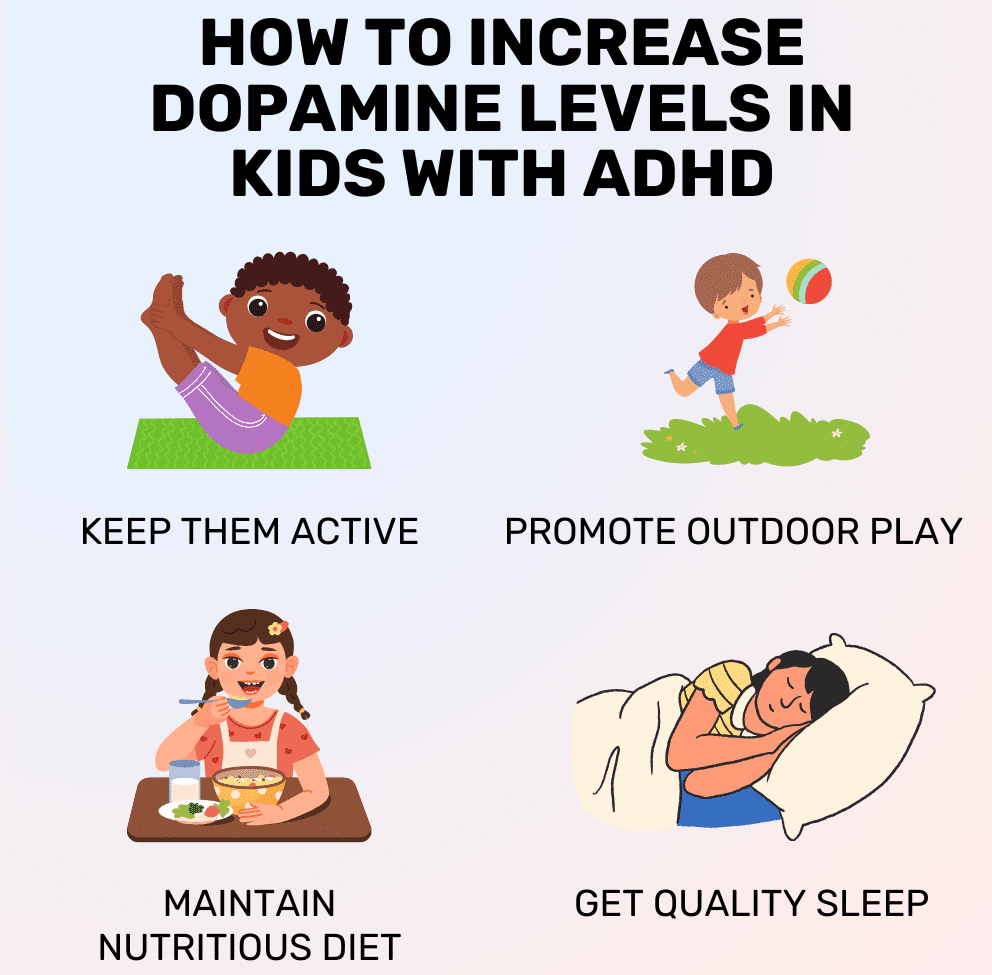Meet Susie, a lively 8-year-old with an infectious love for painting.
One sunny afternoon, she’s engrossed in a new canvas. That’s dopamine, bringing a feeling of joy as her brush strokes blend vibrant colors together. She’s fully in the zone, each dab and swirl bringing a sense of satisfaction.
Suddenly, her younger brother crashes into the room, startling her. Epinephrine leaps into action, causing her to jump and catch her knocked-over paint pot. She’s alert now, ready for any further surprises.
Then, amidst the chaos, she refocuses. The colors, the canvas, they need her attention. She’s back in the game, thanks to norepinephrine helping her tune back in.
And there it is, the catecholamine system at work, making Susie’s painting adventure more than just child’s play. It’s a roller-coaster ride of emotions and responses, turning moments into memories.















